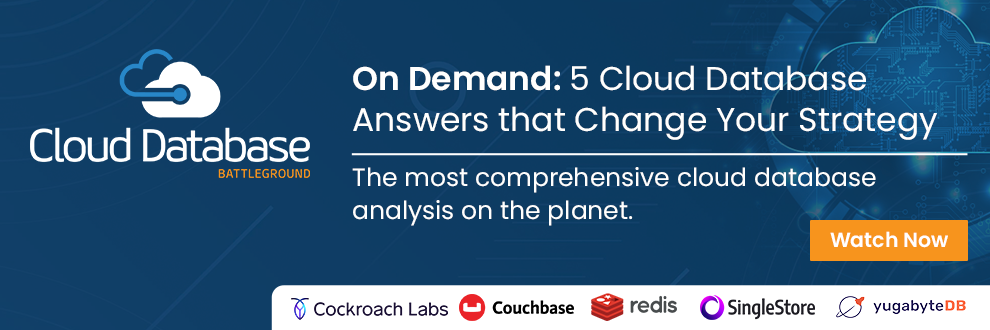
This is possibly one of the most common discussion topics among business users and data analysts that I see among many organizations: the love-hate relationship between business analysts and the IT department.
With the emergence of the new digital era, this collaboration has been evolving due to data, cloud, and cybersecurity.
The Role of the IT Department
When organizations of any kind are growing digitally, it is necessary to have a dedicated IT department. This usually starts with one person, who does everything related to computers, networks, printers (when used), access and so much more. A real one-man show!
As the organization grows in size and complexity, so does its computing infrastructure. So, a bigger team of IT professionals is also needed. Traditional functions of any IT department include:
- Hardware Support (desktop, laptops, servers, etc.)
- System and Network Engineering
- System and Network Administration and Management
- Infrastructure Management
- Database Administration
- Cybersecurity
In recent decades, many data roles have been part of the IT departments as well, such as Business Intelligence, Ad Hoc Reporting, and Analytics.
The Emergence of the Digital Era
In the early 2000s, things started to dramatically change. The explosion of data—Big Data—and other not-so-traditional communication methods, like social media, started to be incorporated into most organizations. Although the social media explosion started with individual users, nowadays, social media is a key component of any organization’s communication strategy.
This “new situation” has been accelerated even more in the last decade. The “digital era” is here, and it has changed everything we knew and everything that we used to do.
This digital era is so disruptive that it has impacted organizations and individuals in many different ways. This has led to the current state of the relationship between the IT department which has a ripple effect across the entire company.
With this in mind, here are some of the biggest disruptions that impacted this relationship the most.
More Data for Everybody!
For the Business Analysts and Leaders
Business analysts and leaders need to consume more data much faster. This situation forced regular business analysts to upskill and adopt new data analysis tools to become capable of accessing more data sources.
Now, the typical business analyst has more knowledge and a bigger need to work with raw data at its source, hence staying closer to data warehouses. However, this creates friction among the IT department, with the traditional view of them being the custodians of data warehouses and databases. The business analyst role is now more dependent on data and is more data literate than before.
For the IT Department
On the other hand, the IT department must now handle and manage all the new infrastructure to accommodate all that data, even new types of data. Traditionally, data stored in data warehouses have been very structured or semi-structured and have been Megabytes or Gigabytes.
Nowadays, with so much traffic through email, social media communications, scanned documents, pictures, videos, and more—and this is all unstructured data needs to be stored somewhere. This new data is now measured in Terabytes, Petabytes, or Zettabytes—and who knows what ‘other-bytes’. This requires, for instance, new platforms and applications, new security measures, guidelines, and legal compliance at the very high pace of generation and demand.
All in all, it is a big new burden on the IT department.
It is true that new data-dedicated teams have been created, relieving the workload of IT departments regarding database administration, architecture, and ad hoc reporting and analysis. However, IT departments are now more focused on security and compliance as data is administered or managed by other teams or individuals.
Everything Goes to the Cloud, Not Just Data
When traditional data warehouses have been on-premise and with the new unstructured data growing at a never-before-imagined pace, organizations need to start using cloud environments with new distributed architecture. All of which requires new skills and new infrastructure that many companies are not equipped to handle. This could mean that working directly with the technology or cloud provider to help administer, with diligence and security, all this data.
Data isn’t going to the cloud alone. Regular desktop applications used by business analysts are also moving to the cloud. Yet, another drastic change to be adopted by the IT department, but now at a much faster pace, and usually by sharing support with a third-party app vendor.
Growing Data, New Infrastructure, and More Threats
If it wasn’t enough, with higher digitization of our world and our work as well as faster data transmission, affordable hardware, and cloud solutions, more threats are emerging. There are internal and external threats, as working with colleagues is even considered a potential threat to organizational data.
Nowadays, cybersecurity is the top priority of any IT department in any organization. With limited resources, the IT department needs to maximize cybersecurity and administer a wide variety of resources moving at a very fast pace – putting yet another burden on the IT department.
Conclusion and Recommendations
While business analysts are becoming more data-dependent and tech-savvy, IT departments are becoming more focused on overall cybersecurity, handling external and internal threats.
In this scenario, the IT department imposes many restrictions and red-lines, preventing potential threats and limiting exposure of digital assets and resources. At the same time, business analysts sometimes are limited in productivity, due to those same restrictions, as they consume more data at a faster pace and use applications in different infrastructures, like the cloud.
Perhaps, there is not a simple answer. Although, something that worked in some organizations is to re-educate IT departments to understand the new needs of business analysts. Further, the business analysts need to be more aware of the cyber-threats existing, both external and internal.
Regular meetings between the IT department and business analysts are highly recommended, so both sides can be more empathic and learn from each other.







